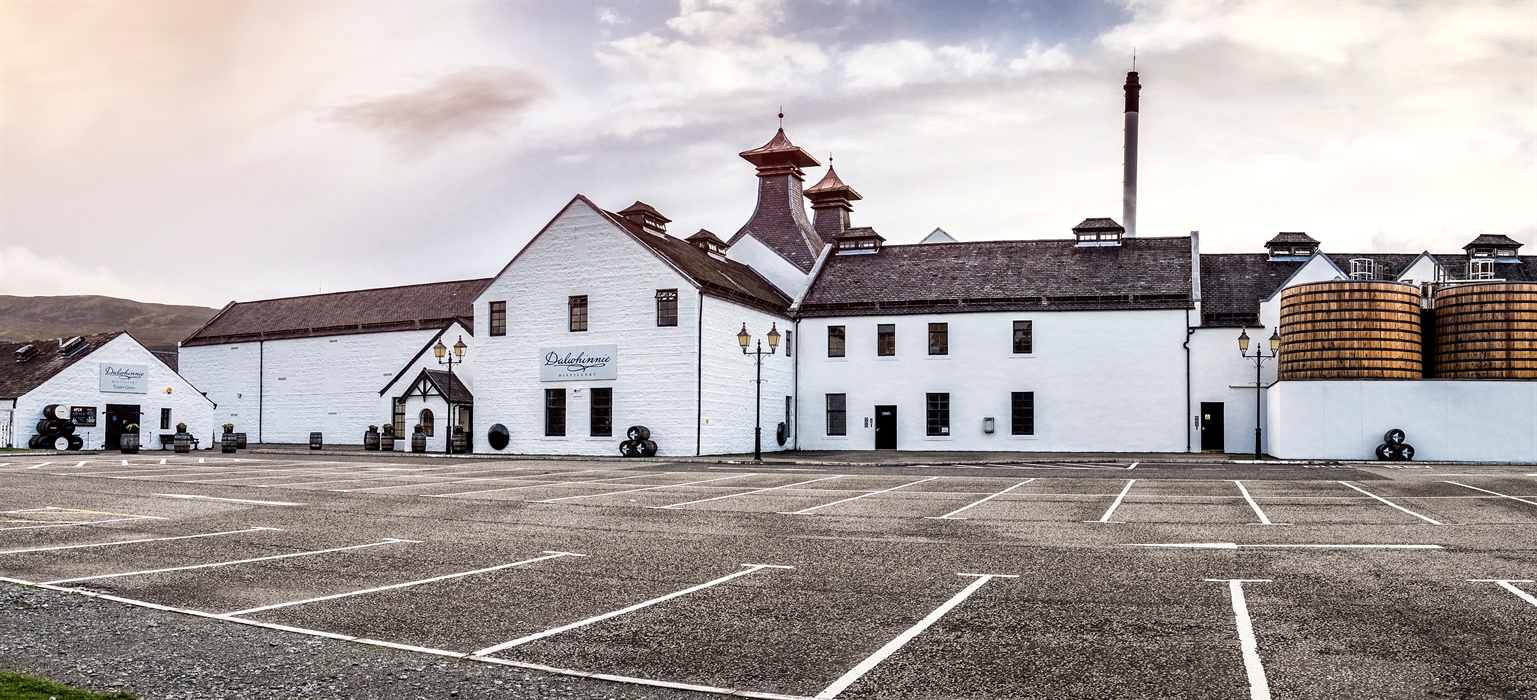Dalwhinnie
Image Credit: Visit Scotland
Highlands
1897
John Hart
*Site Operations Manager
Diageo
2,200,000

capacity/lpa

head whisky maker(s)

region

Year Founded

owner
Dalwhinnie, situated near the highest point of the Inverness-to-Speyside railway line in Scotland, is a distillery with a rich history. Its Gaelic name, "Dalwhinnie," means "the meeting place," highlighting its role as the convergence point for three major drove roads in the past. While it was known for the herds of black Highland cattle that passed through on their way to market in Falkirk, it also had a reputation for being a rendezvous for whisky smugglers.
In 1897, local entrepreneurs John Grant, George Sellar, and Alexander Mackenzie established the Dalwhinnie distillery, reversing the absence of whisky production in the area. Previously, the distillery had been known as Strathspey distillery but had faced difficulties under different ownerships. In 1905, it was sold to American distillers Cook & Bernheimer, making it the first Scotch distillery owned by a non-UK company. Later, it came under the control of blenders Macdonald Greenless, eventually merging with DCL (now Diageo) in 1926.
The distillery has a distinctive approach to whisky production, deliberately creating a heavy, sulphury new make. Long fermentations and clear worts contribute to a background of light waxiness, while the stills are operated to minimize copper interaction. The lyne arms of the stills lead to worm tubs, a traditional method for producing a heavy new make character. Dalwhinnie's location also plays a role in its character development. The cold ambient temperature, particularly in the worm tubs, results in rapid condensation, contributing to the distillery's sulphury new make character. In a modernization effort in 1986, the worm tubs were replaced with shell and tube condensers, altering the whisky's character. However, in 1995, the worm tubs were reinstalled, and after some adjustments, the traditional character was restored.
-Written (Mostly) by Robots-




